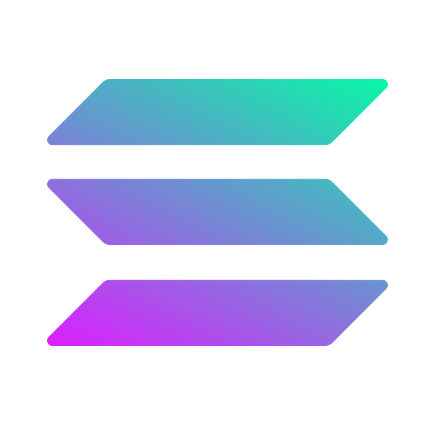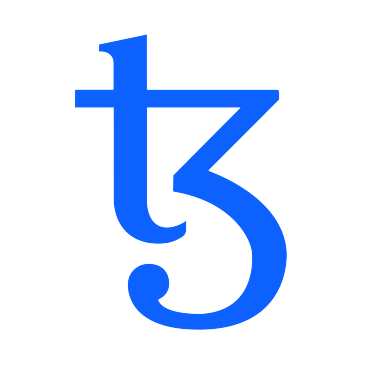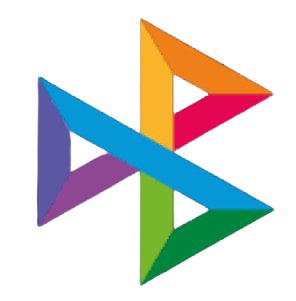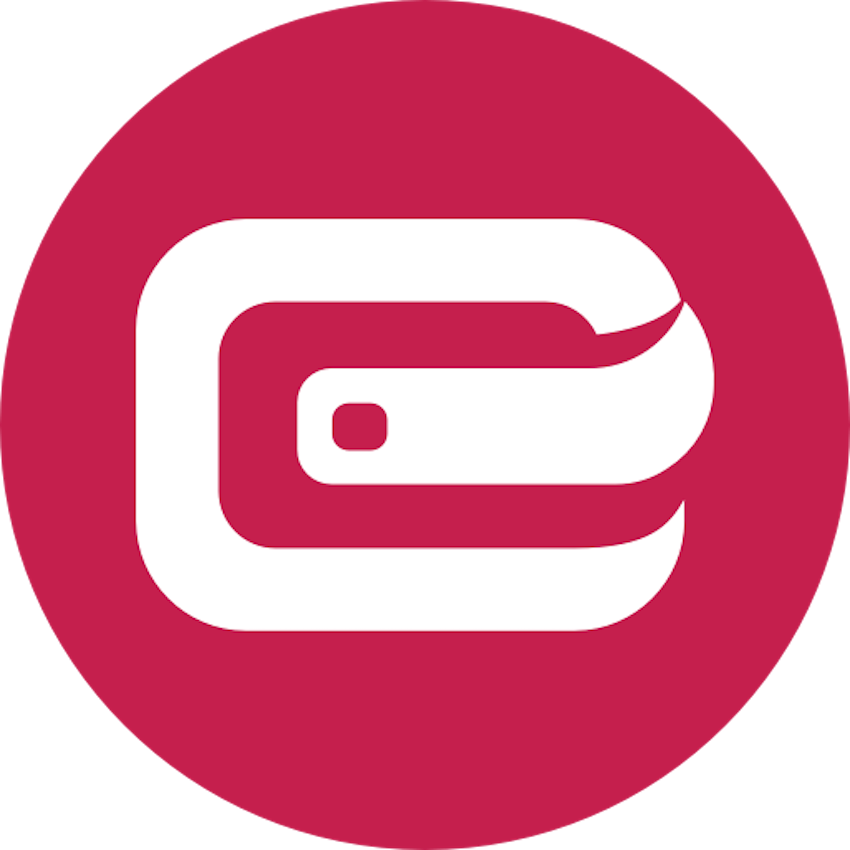Lisk - the history of one cryptocurrency
Not so long ago, there was a cryptocurrency boom in our world, and even people far from innovative technologies have at least once said or heard the words "mining", "bitcoin", "blockchain". In addition to the fact that these innovations aroused extraordinary interest among people, they also led to the development of many unique technologies, became the starting point for various projects.
So what exactly is cryptocurrency? Today we will talk about the history of the Lisk cryptocurrency, which has become very popular among potential investors and users.
About Lisk
Lisk is a cryptocurrency brought to life in the spring of 2016, a platform for blockchain-based applications. Its essence lies in the creation of another, but unique, decentralized payment system and digital money network, like Bitcoin, etc. Thanks to Lisk, developers can generate, distribute their applications and specialized sidechains on the blockchain, profit from them, providing a platform for deploying their own sidechain integrated with the project network. By the way, the users token is involved in this process.
Lisk has signed an agreement with Microsoft to connect cryptocurrency with the Azure Blockchain as a Service program. This means that vendors around the world are able to develop, test and release Lisk sidechain applications using the Microsoft Azure computing platform and infrastructure.
Lisk features
The main goal and idea of Lisk is to provide a launching pad for the creators of decentralized applications. In this regard, the most important condition for the network is a good level and indicator of scalability. The manufacturers decided this requirement through the sidechain system. This is a distinctive feature that makes Lisk different from other crypto projects.
What is hidden behind the concept of "sidechain"? These are independent blockchains outside the main network, but despite this, all dispatches and various information are recorded in these sidechains and synchronized with the main network.
This technology has many positive factors:
The vast or even infinite probabilities of network scalability allow an unlimited number of sidechains to be created without affecting the size of the main network.
If any bugs appear in the sidechains, they will not have any effect on the operation of the main network.
Due to the flexibility, developers have a wide opportunity to customize applications, this is a consequence of the fact that any project (dApp) is done in its sidechain.
Lisk was immediately planned and created as a unique, comfortable place for developers, calculated for a large audience. First of all, to implement the idea, it was decided not to turn to narrowly focused programming languages (for example, Solidity), but to use the notorious and simpler JavaScript.
What is a special development kit (SDK) written in JavaScript? The following factors are worth highlighting here:
We must immediately mention the sidechains, which we talked about earlier. With their help, developers create independent, self-contained blockchains connected to the main network.
Consensus Algorithm - Every shipment and smart contract in the Lisk platform is verified by the DPoS algorithm.
Back-end is an address that makes it possible to develop dApps.
Front-end - User interface (UI) for applications that are decentralized.
Lisk Core is aimed at advanced users. It performs several tasks at once: forming a coherent API for creators, synchronizing the sidechain with the main blockchain, transferring a part during forging.
You should also highlight the main tools of the Lisk platform:
Lisk Nano is the main tool. It is used in setting up basic functions. This can be a choice in forging voting, registration, transactions. Using the Lisk Nano, there is no need to synchronize it with the "parent" blockchain as it connects to the Lisk service nodes on the Lisk Foundation.
Lisk JS is a JavaScript repository used to build applications on the Lisk network. One of its main advantages is that it does not require a full node connection, it connects to pre-existing peer network nodes.
Forging features
The Lisk network operates on a Highly Effective Form (DPoS), protected in an elected democratic manner - 101 delegates.
Sends are confirmed by forging through the use of the Delegated Proof-of-Stake (DPoS) consensus algorithm instead of the usual mining. Only 101 dominated nodes have the right to participate in this process, because the democratically elected node is the candidates who received the most votes from the network users.
Each user receives (earns) 1 LSK for participation. The system of participation in the elections is structured in such a way that in order to become a delegate, you need to register, the registration fee is 25 LSK.
DPoS operates in the Lisk network as rounds - each next round starts in 17 minutes. A participant of 101 nodes in each circle is given one block. If the block is not closed in one or another node, then its processing is transferred to another round. Such blocks appear in the network with a ten-second interval; in case of missing a block, the participant will have a ten-second delay in further processing of various operations.
Delegate nodes can qualify for network maintenance fees. At first it is set at 5 LSK per block and decreases by 1 LSK for every 3,000,000 blocks (~ 1 year). Until it reaches 1 LSK in 5 years, the reward in this amount remains for the n-th period of time. Nodes are paid a commission of 0.1 LSK for each transaction.
A sophisticated and modern scheme is used to validate the smart contracts used to launch dApps, because the emerging task is also really difficult - protecting the sidechains connected to the "parent" blockchain. So you have to resort to additional helpers - delegates to the main network and confirmation via Bitcoin and Ethereum data transfers.
How Lisk is created
The history of the Lisk path dates back to 2014, when the Crypti project was developed. Lisk was later forked, but there are some differences between the two.
Lisk is open source from the start (you can find it on GitHub), and Crypti was not keen to open its own code.
While creating Lisk, the developers nevertheless made certain changes in the technical part. For example, the SQLite information store on PostgreSQL has been edited, and the BIP39 standard is used for the production of seed phrases.
The future creators of Lisk put forward a proposal to the Crypti Foundation to improve the cryptocurrency, popularize it and open access to the code. But the fund rejected this idea, after which Max Cordek and Olivier Baddows left Crypti and launched their own project.
In the period from February 22 to March 21, 2016, the ICO was launched, which became the predecessor of Lisk. As the launch proceeded, a little more than 14,000 BTC and more than 80 million XCR (Crypti tokens) were raised, which equaled almost $ 6 million. This became the second most successful ICO (after the Ethereum platform).
In total, revenue then amounted to 100 million LSK coins. And the tokens were split according to the following principle:
85% - were distributed among the participants of the "initial token offering";
8% - shared by product manufacturers;
4% were spent on an advertising campaign and a bounty program;
2% - for settlements with partners;
1% went to charity.
It is noteworthy that the official start of the Lisk project, which has many positive factors, took place on May 24, 2016.
Lisk project team
The Lisk organization brings together a team of over 30 professionals: developers (mostly), artists and marketers. The central office of Lisk is located in Switzerland, Zug, but the Lisk project has offices in some countries of the world: China, USA, Russia, Australia and Italy.
It is worth noting the founders of the project, it is very difficult to find information about them on the Internet, but it is really worth knowing about them. The results of Lisks expansion prove the professionalism of the management.
Max Kordek is President and CEO of Lisk. He became interested in Bitcoin at the initial stages of his development and was an active and proactive member of the crypto community, as we said earlier, was a member of the Crypti Foundation.
Olivier Baddows is vice president and chief technology officer at Lisk. He has a wealth of experience in the field of programming behind him. When creating Lisk, he came up with the idea of providing easy-to-use tools for developers.
Charles Hoskinson and Stephen Nerayef are recognized advisors to Lisk. Hoskinson was the former CEO of the Ethereum platform. And Nerayef is a well-known specialist in the direction of venture investments.
Is Lisk infinite
Lisk is an innovative technology. The first decentralized blockchain platform written in Node.js. It is an open source blockchain based platform. Developers have a number of unique resources to build and run their sidechains, regardless of the Lisk block diagram. The main idea of the platform is to create a safe place for developers. It does not require any special skills, you just need to have some experience with JavaScript and Node.js.
By joining Lisk, you have the opportunity to create your own infinitely scalable blockchain on this network. This is ideal for large companies looking to maintain their brand and creative people looking to create a large project.
Lisks strengths
A remark will be made right away: at the present time no negative points can be found in Lisks work.
But this cryptocurrency has many important advantages, due to which it manages to stay ahead of other projects in many respects:
Thanks to the use of sidechains, Lisk can be scaled infinitely, and the increased security is designed in such a way that it is impossible to disrupt the operation of the main network, creating bugs in the "child" networks or breaking the stability of their functioning (this is a consequence of the fact that the sidechains are located on top of the main part).
To design applications and open smart contracts in Lisk, you only need to know the well-known and simplest JavaScript language. Of all cryptocurrencies, only Lisk turns to this language, making the platform publicly available and attracting more programmers to its side.
The creators of Lisk really care about their brainchild and are working hard on the successful future of the project, working through all the details and clearly following the existing work plan, which speaks of the responsibility of their team.
There are many more advantages of the system, but the listed ones are the main ones.
Lisk in TOP currencies
At the end of 2019, one LSK coin is worth $ 0.538529, and the market cap is $ 65 331 612
In the Coinmarketcap rating, Lisk (LSK) is in 61st position out of 100 cryptocurrencies, which is a pretty good result.
If you pay attention to the chart and the market capitalization of the cryptocurrency since the beginning of 2018, it will look like this. Over the entire period of the platforms existence, its maximum cost was $ 39.31 (January 2018), and the minimum was $ 0.096. The price of Lisk, like many other cryptocurrencies, has dropped significantly now.
Still, Lisk is a very popular cryptocurrency, which is why it has been added to almost every reliable and secure platform. For example, Binance, Bittrex, Huobi, etc. Lisk is often sold for BTC, ETH, USDT, but on the EXMO exchange Lisk is offered to be purchased in the LSK / USD trading pair.

 Русский
Русский  English
English  中文
中文  عرب
عرب  Eesti
Eesti  Español
Español  Deutsch
Deutsch  Български
Български  Türkçe
Türkçe  ქართული
ქართული 


























































